|
Hello Friends and welcome to my blog. I am reviewing Grumbacher Academy Acrylics. Although l was a Grumbacher Fine Art acrylic painting instructor at Michael's in Kingston for two years, I am not being sponsored to review this brand. I have been painting with acrylics for 21 years and l have tried many different acrylic products. I am going to give you my honest opinion on these acrylic paints. I effectively paint with Grumbacher acrylics and my students and l have been able to achieve numerous acrylic painting techniques with stunning performances and results. After reading about Grumbacher, l was intrigued to learn that they have been established since 1905, they must be doing something right as they have been trusted by many artists, far and wide. By 1960s, Grumbacher became an art materials empire, offering artists nearly every supply thinkable. Today the Grumbacher brand is owned by an American manufacturer called Chartpak Inc, who take great pride in providing quality products and service. “Max Grumbacher” started in the industry by hand making brushes, very inspiring as he started his business at his kitchen table. What impresses me the most about this company, is all the multi-media products, and online educational information offered. Grumbacher Academy acrylics always impress me, as the colours are so vibrant, and when adding water or gloss mediums, they retain their pigments. This is significant, and of value to me as l use a lot of washes in my work and these colours never disappoint me. The consistency and buttery like feel to these paints make me want to dip my fingers into the palette and feel how soft they are. They are smooth and easy to blend. I can’t say that l have ever had an issue blending with these acrylics. They are also a thicker acrylic, so for those of you who like a bit of texture in your work, try them out, you will be pleasantly surprised. The versatility that these acrylics offer is superb. They are not as fast drying as other brands l have used, giving you more time to play and blend with them, and l like that they don’t dry dull in colour. I do use the Grumbacher varnish to protect my work and in doing so my paintings offer a colour punch that is incredible once varnished. I have had clients ask me if l use oils on my acrylic paintings, that’s how vibrant these colours are. 48 intense colours are offered in the Grumbacher Academy brand, including metallic and iridescent. They are all rated excellent in light-fastness, and they are AP approved, meaning that this product is safe and certified in a toxicological evaluation, to contain no toxins to humans. You can purchase these acrylics in 75, 90 and 200 ml tubes, as well as a variety of different sets, from sets of ten, 24 ml tubes, introductory set of six 90 ml tubes. Many sets are offered and the prices are extremely reasonable for the quality you gain. I feel like l am getting professional quality paints at student prices. Does that raise your eyebrow? 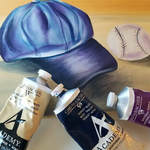 By now l am hoping that you are intrigued by this product? In my opinion they are a must have in your acrylic paint collection, and if you are considering on trying acrylic painting then give these acrylics a try. I give these Grumbacher Academy acrylics two thumbs up! If you are looking for additional information on the Grumbacher Academy acrylics or any other Grumbacher products, Chartpak products, clink the links below. Please feel free to comment below. Wishing you a Beautiful Day, Alice Melo
3 Comments
Hello my friends and welcome to my blog. Today l am talking about my first impression of the ShinHan Professional Watercolours, a Korean based company that are also known for specializing in colour luminosity, and quality paint products. They also have a line of markers called Touch markers, which have been compared to the Copic markers. I purchased a set of 30 "ShinHan Professional Watercolours" last August, with the intention of comparing them to a few other brands such as Holbein and Mijello Mission Gold. This review offers my own opinions and l am not sponsored to review this product. I have to say that after reading some mixed reviews about these watercolours l debated on purchasing a set, but l am so delighted that l did. I can’t believe that it has taken me this long to try them out, l was pleasantly surprised and here is why? I read some critiques that recommended caution using these watercolours due to them fading quickly, but when l downloaded the colour chart and took a look at the information that ShinHan posted on this product, (www.shinhanart.com/eng/product/product_water.php), l found that it was comparable to other professional watercolour brands. Out of the 30 colours that are offered, 17 colours were rated a normal degree of light-fastness, 12 colors rated a high degree of light-fastness and only one, the colour “Opera” rated low. Personally l thought for the price to quality ratio this brand was superb. When l shopped for a set, the prices varied on Amazon and Ebay, but most were economical. I purchased a 30 colour paint set for $53.00 Canadian off Ebay and this price included free shipping. I have to forewarn you that it did take about 6 weeks for me to receive them, but l was in no rush so this didn’t bother me. When l opened my package the 7.5ml tubes were well placed and organized in a nice storage box, visually l was instantly awed by this product, and l was dazzled by the bright colour selection. I noticed when l started to lay down the watercolours just how vibrant and intense they were, this impressed me as l didn’t need much paint on the palette when l diluted the paint with lots of water to get the consistency l needed. They blended beautifully so employing the wet-on-wet technique was fantastic with these paints. I also used a dry brushing technique which worked well, and l found that the colours were very opaque, but easy to lift when desired. I also liked that you can purchase the tubes in open stock, but to be honest, it makes more sense to purchase a set if you run out of colours, given how economical they are.
Recently I have had some of my students, clients and other artists ask me, "How do you price your artwork?" This has never been my favorite topic, as there are so many variables to consider when discussing this question. l know that there are other artists out there that may not agree with some of my opinions and methods, but keep in mind that l am no expert and that there are many ways to price your artwork. These are just some of my opinions and methods that work for me. I truly believe in order to understand how the art market works and where your art would fit in, you need to know the art by other artists that is for sale in your area. So l would strongly suggest you get yourself out there, and see what is going on in the art world around you. Art is generally priced according to certain criteria, and these criteria have more to do with what’s going on in the market place then you as an artist. People like galleries, buyers and collectors put dollar values on art. You might think your art is worth one thing and the market might have another idea on what it really would sell for. When l started selling my art, l really didn’t give much value to my work nor thought to what artwork was selling in my area, this was a huge mistake. All l knew when l started selling my work, was l wanted to create art in hopes that people would like it. Although this is important and yes l wanted my artwork to get out there, l wasn’t selling it at my potential market price nor putting enough value in my artwork, until Martello Alley Gallery started representing my work. I have been selling my artwork at a Gallery now for over 2 years and the market can surprise you from time to time. In saying this, l think if you stay prolific, offer fair market prices for your artwork you can succeed. I wanted to sell my work at prices that made sense to me and to my potential clients, and l also wanted to be consistent in my pricing. I wanted my prices to be fair, in comparison to other artwork selling in the area. You need to be objective about your art and your experience. In order for your prices to make sense, you need to be honest and objectively evaluate how your art measures up to other art out there. In order to make valid comparisons, you need a good idea how the quality of your art stacks up against those of other artists, especially the ones who you will be comparing yourself too. So if you have been doing art for 2 years, try not to compare yourself with an artist who has been doing art for 20 years. I think you get the picture. Being honest like this, is not always nice but it is necessary to start selling your work. It is also important to base your pricing on facts not your feelings. I try not to get emotionally attached to my work, and put an emotional value towards my paintings, instead l think of the market value. So here is the method that works for me. I pay myself per hour and then l add the cost of the materials. (Your worth per hour $ value x hrs spending doing your artwork + materials = painting price.) There are other methods out there, but this method works for me. I believe that this method would work great for those who have little or no sales experience, and who haven’t sold much art. Once you start to consistently sell your artwork, you could then revisit your prices and increase your dollar per hour value. I also take into consideration when selling online or out of my studio that these are going to be wholesale prices, and that selling out of a gallery is retail prices so l do have to factor in the expense to sell out of a gallery. As an artist l think it is important to be able to offer your art to everyone, and not everyone who really likes your art will be able to afford it. So having affordable options, such as a drawing, a print or a small painting is important. This is how l look at it, your art is essentially your signboard, or a banner, the more art you sell, the more places you post it, such as social media, then the more people see it, the more you are getting your name out there and the better known you get. People want to make sure that they are spending their money wisely, so if your artwork is priced fairly, and people are buying it then your doing the right thing. I am interested to hear how you price your art, ? Please feel free to comment as l would love to hear from you. Your support is appreciated so please don't forget to visit my Instagram and Facebook page, links are down below. Happy painting and selling. Have a Beautiful day. Alice I kept stumbling upon advertisements for these Hootech Watercolor brush pens on Facebook, and Instagram and they all varied in price. After contemplating, curiosity always gets the best of me so l decided to go looking for them at a low price and l found a set on eBay for $17.24 Canadian and the price included free shipping, so l bought a set. They didn’t exactly arrive visually appealing as the packaging they are stored in was flimsy and l knew right away that they may not be a good find. But keeping optimistic l decided to try them out. The 20 colour set came with a water brush, which is a brush that you can fill with water and use for watercolours, so that was a nice bonus. I tried to do some research on these “Hootech Watercolor brush pens” with no luck. I couldn’t find any info on the company, or where they come from, but some vendors advertised that they are Non-toxic, water-based pigment ink, odorless and washable. I am assuming that these are a knock off product with little info on them, and l suspected before trying them that they might be of inferior quality. I decided to try them on Canson cold press 140 lb smooth watercolour paper. I thought by choosing a smooth paper it would be easier to blend the colours.
When first using them l found that they had little to no ink coming out of the brush pens. They were inconsistent and blotchy. Even though l was using smooth paper it seemed like the ink was running out and l really had to work them to get more ink. Yikes…right away l was frustrated and disappointed with this product. I could not image using them on a bigger drawing, as l drew a small tulip and found that the ink was not working right. I did like that l was able to use the water filled brush on top of the ink as this helped smooth out the colours and blend them together. Although my tulip drawing was small the colours did not work together as much as l wanted them too. As far as learning how to use them it wasn’t hard, but l was definitely disappointed in the quality even at $17.24, but the saying is “You get what you pay for” right? What l did like about them was they felt like l was using a marker only it was watercolour and l would like to find a better quality set of Watercolour brush pens so that l can see the full potential they have in a medium. I am not sure if l got a bad batch, but in my opinion, overall l rate this product two thumbs down. If you have any suggestions or brands of watercolour brush pens that you like, please let me know as l would love to hear your thoughts. Have a beautiful day, Alice |
AuthorAlice is a realistic full time visual artist with over 25 years of experience in her art career. Passionate about helping others grow in their creative process. Alice shares invaluable tips and strategies on her blog to help readers improve their art practice. When not in her studio, Alice enjoys teaching and cooking. Connect with Alice on Instagram, Facebook or visit her website at www.alicemelofineart.com Archives
July 2024
Categories |
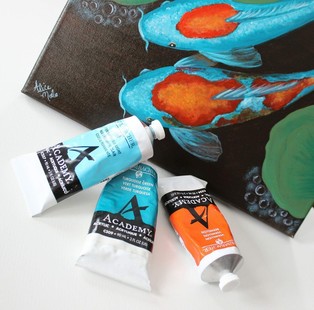

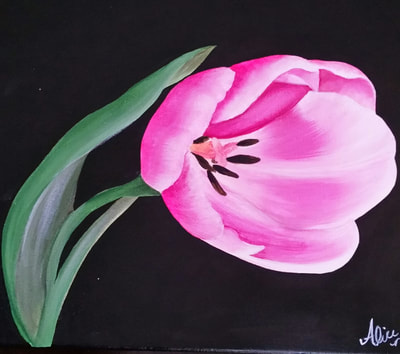
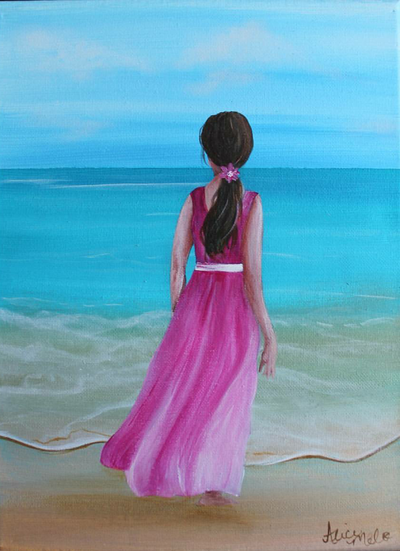

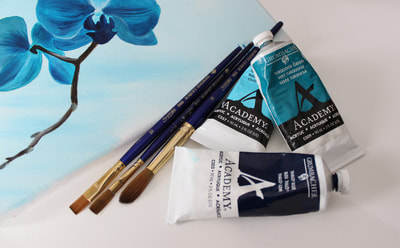
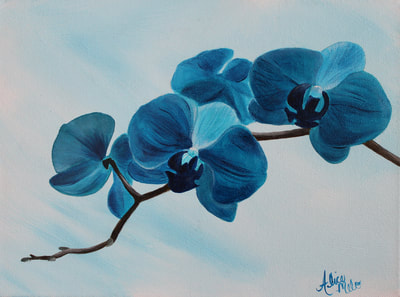
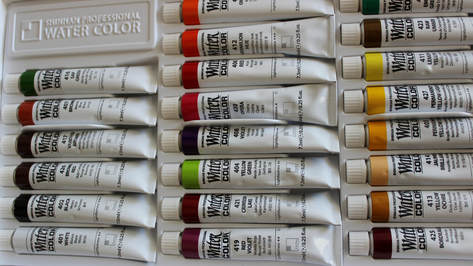
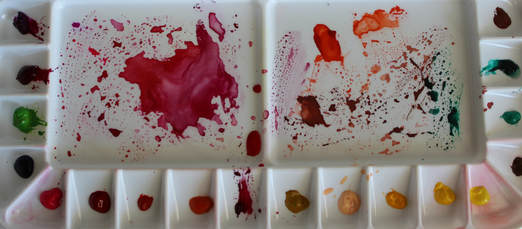
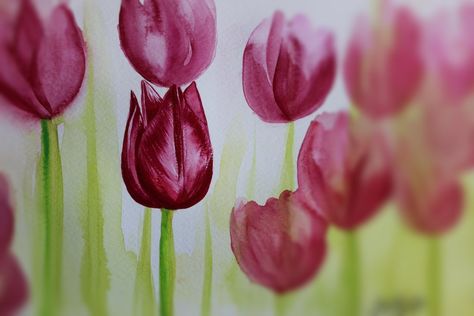
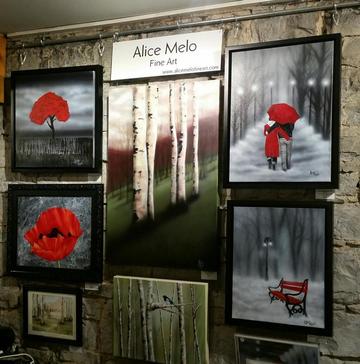
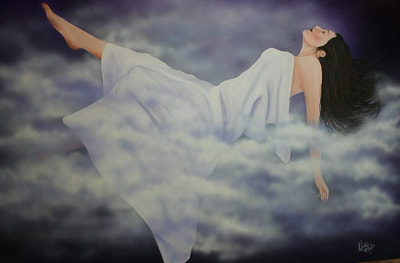
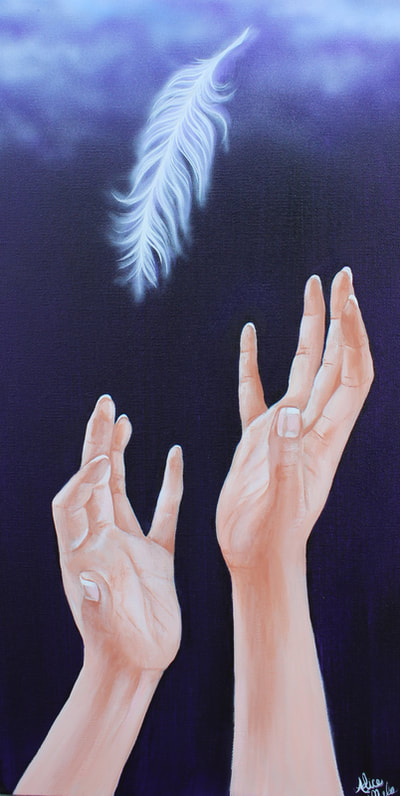
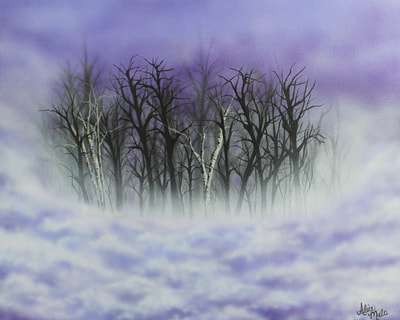
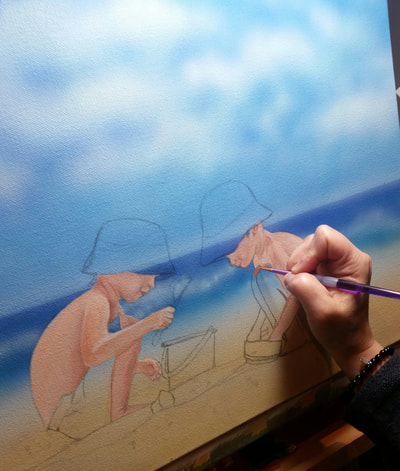

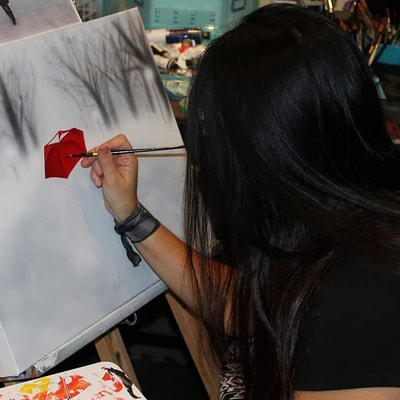
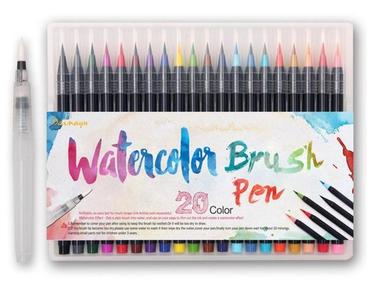
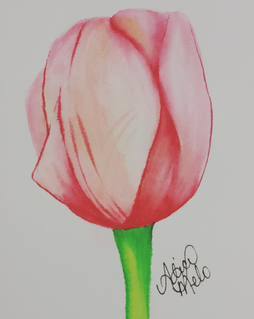
 RSS Feed
RSS Feed